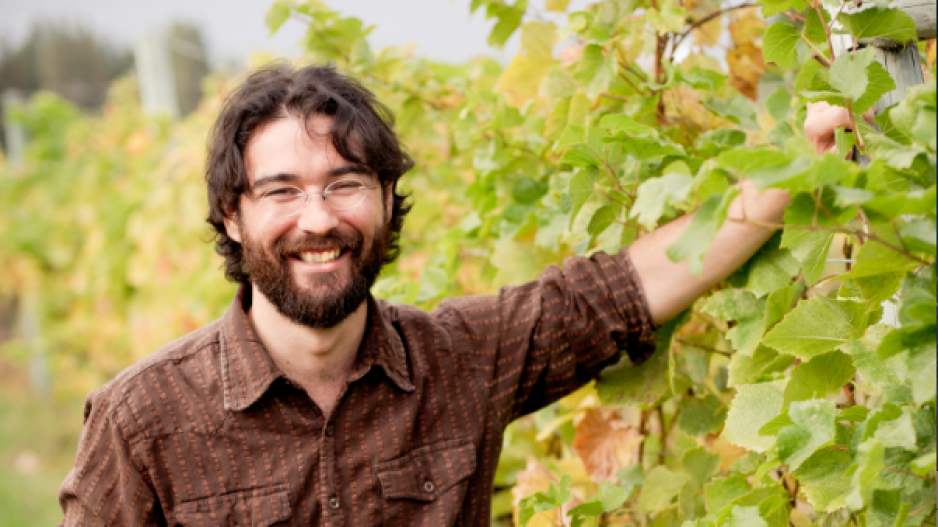Okanagan winery owners are warily watching the fruits of an unseasonably warm February as grape vines blossom early and the area’s mountains front a visibly low snowpack.
Their biggest fear is that a late winter cold snap will kill fragile young buds, resulting in a lower yield.
Underlying their concerns about how climate change could damage operations, however, is optimism and a pragmatic determination to make the situation work in their favour.
University of California instructor and climate change expert Lee Hannah told Business in Vancouver that the Okanagan wine industry will likely benefit from global climate change.
He co-wrote the 2013 study Wine, climate change and conservation in the journal Proceedings of the National Academy of Sciences, which modelled two different climate futures for 2050, one assuming a worst-case scenario with a 4.7 C warming and the other a 2.5 C temperature increase.
Both models used regional data and trend analysis to determine that established wine regions in France, Italy and California will suffer a sharp decline in production by 2050.
Areas better suited for wine production included swaths of the B.C. Interior, he said.
“Suitable conditions [for making wine] are moving northward. So the suitability for growing grapes around the Okanagan is getting better, depending on the varietal.”
Some B.C. winemakers are already tearing out vines that grow grapes used to make white wine and replacing them with grapevines used to make red wine because those varietals prefer more warmth.
Industry veteran and Hainle Vineyards Estate Winery owner Walter Huber told BIV that climate change helped spur him last year to pull out 10 acres of Chardonnay and Pinot Gris vines and replace them with Pinot Noir.
This year he intends to continue his winery’s transformation by tearing out another seven acres of white-varietal vines and replacing them with the red varietals Merlot and Zweigelt.
His winery is known for producing North America’s first icewine back in 1972. Huber will keep reserving about 12 of his 50 acres of vineyard for grapes used to make icewine because he believes that, even with climate change, there will still be cold snaps long enough to produce the dessert wine.
Summerhill Pyramid Winery is similarly not planning to scale back on icewine production despite a bad experience in 2014 when it wasted a “huge” amount of grapes because the required temperatures of -8 C to -14 C didn’t last long enough to crush all reserved grapes, said CEO Ezra Cipes.
“We ran out of time,” said Cipes, who oversees 60 acres of estate vineyards and buys grapes from growers who cultivate another 200 acres. In total, Cipes earmarks about 20 acres of that for icewine. That makes him one of B.C.’s largest icewine producers.
“It takes a while to squeeze the grapes because it’s so cold outside,” he said. “No juice comes out at first so you have to let them sit in the tank, and it just takes a while to press.”
Quails’ Gate had no trouble squeezing its smaller volume of icewine last year, owner Tony Stewart told BIV.
But he said low snowpacks and spring runoffs will make conserving water even more important.
When Stewart started at his family’s winery, in 1992, the property used overhead sprinklers that wastefully shot water on the entire vineyard. A few years later he replaced that system with drip irrigation.
“In California, the snowpack has deteriorated quite rapidly so they’re moving much faster into water conservation, like Australia,” he said. “Those requirements haven’t yet hit the Okanagan but, over time, that’s a possibility.”
Stewart’s family has been in horticulture for generations, having come to the Okanagan in 1908. He remembers the severe frost of 1978-79, which killed many grapevines, and has modified vineyard practices to protect against winter damage. Still, he is concerned that another such year could happen.
He would like to believe Hannah’s study but remains unconvinced that weather forecasts 35 years into the future are reliable.
“There is obvious change occuring,” Stewart said. “But to make those statements at this point, I would think, is premature.”•




